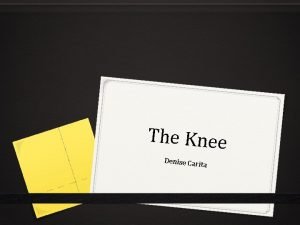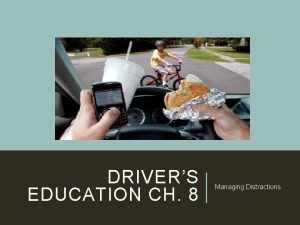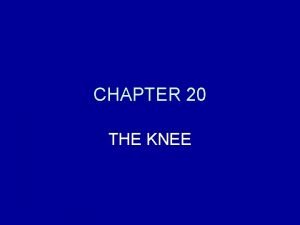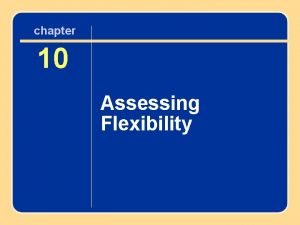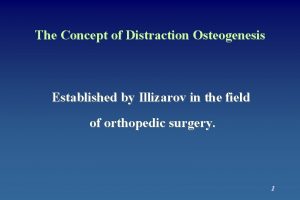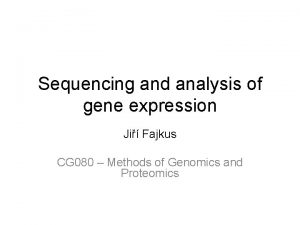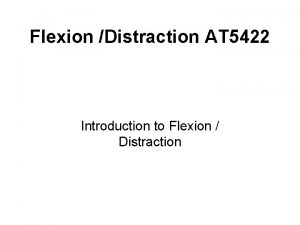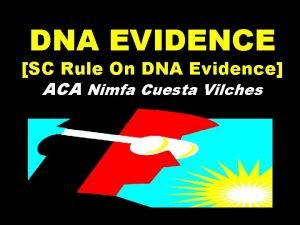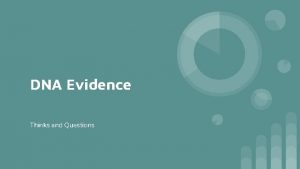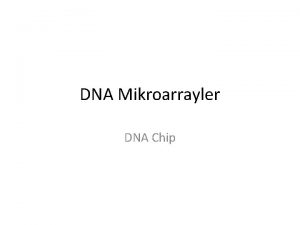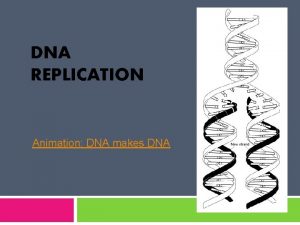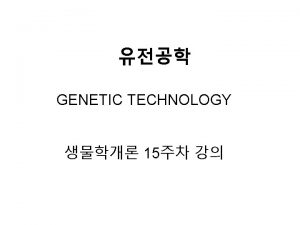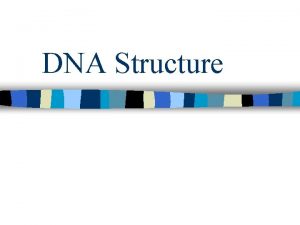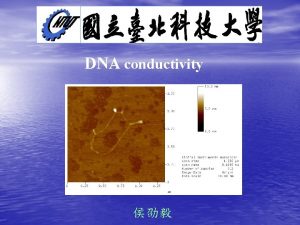Distorting DNA evidence methods of math distraction American























- Slides: 23

Distorting DNA evidence: methods of math distraction American Academy of Forensic Sciences Jurisprudence Section February, 2018 Seattle, WA Mark W Perlin, Ph. D, MD, Ph. D Cybergenetics Pittsburgh, PA Cybergenetics © 2003 -2018

DNA evidence Prosecutor: connect Defender: disconnect Crime scene Defendant

Attack the DNA proof Prosecutor: maintain clarity Defender: sow confusion • Confuse DNA evidence • Misleading statements • Distort match statistic

Match statistic How much more (or less) probable is a match between evidence and defendant than coincidence Simple DNA, one locus 100% 1 RMP Random Match Probability = Prob(evidence match) Prob(coincidental match) = 100% 20% = 5 20%

DNA mixture Quantitative peak data at one locus peak size: allele peak height: quantity

Computer interpretation Consider every possible genotype solution Use all the data (no “pick and choose” bias) Explain the peak pattern with three genotype allele pairs 15, 18 17, 19 14, 16 Better explanation has a higher likelihood

Uncertain genotype Objective genotype derived from all the DNA data Computer doesn’t see comparison reference (3 contributors) x (15 STR loci) = 45 genotypes 1 genotype for 1 contributor at 1 locus 28% 24% 13% 3% 2% 4% 7% 4% 5% 2%

Match statistic How much more does the defendant match the evidence than a random person? 3% inclusionary 24% Prob(coincidental match) neutral =8 exclusionary Likelihood ratio (LR) = Prob(evidence match)

Confusing the issues Science gives a simple ratio Court is an adversarial process Defender: sow confusion How? Distract jury with irrelevant arithmetic unrelated to a valid match statistic

Ploy 1: “Highest Probability” The 17, 19 gives the highest probability but defendant has a 14, 17 24% 28%

Example testimony DEF EXPERT: The 8, 11 at the CSF locus for this particular analysis was the fourth most probable genotype reported. DEFENDER: Explain what you're saying to us. DEF EXPERT: There are three genotypes other than 8, 11 that have been accorded a higher probability. DEFENDER: Okay. And D 13? We're just going to go down through them. DEF EXPERT: It was the second highest, this one listed in the table, is the second most probable.

Fallacy explained 17, 19 is not relevant to match statistic Relevant 24% 3% but the 14, 17 of defendant is relevant to LR 28%

How to respond PROSECUTOR: I'm going to object to the relevance of this unless they can bring some sort of expert opinion to bear on it, what's the significance. THE COURT: So I would sustain that objection. So I would disallow your ability to get into that because it's outside the scope of the expert report.

Ploy 2: “Add Up” others The other genotypes added up together have more probability 28% 24% 13% 3% 2% 4% 7% 4% 5% 2%

Example testimony DEFENDER: Are these probabilities based on 100 percent or something else? DEF EXPERT: At each location there must be another set of genotypes that have probabilities that sum up to the difference. So for that first CSF locus, that 9 percent locus, there must be other genotype probabilities that sum to 91 percent. We have to sum up to 100 percent. So there are other possible genotypes. DEFENDER: So we're talking – if we're talking about the CSF, we're talking 9 percent out of 100? DEF EXPERT: Correct.

Fallacy explained Evidence to coincidence ratio for defendant Relevant The other genotypes are not relevant to a valid LR statistic 28% 24% 13% 3% 2% 3% 4% 7% 4% 5% 2%

How to respond FRE Rule 401. Test for Relevant Evidence is relevant if: (a) it has any tendency to make a fact more or less probable than it would be without the evidence; and (b) the fact is of consequence in determining the action.

Ploy 3: “Match Probability” small Locus 1 24% x Locus 2 9% 24% Locus 3 x 13% x … = small number

Example testimony DEFENDER: And did you come up with genotype probabilities for Q 5 after multiplying all these probabilities together? DEF EXPERT: Yes. DEFENDER: And what's your figure? DEF EXPERT: It is [in] scientific notation 2. 85 times 10 to the negative 10, and that is roughly equivalent to 1 in three and a half billion … [the probability that] the suspect matches the evidence.

Fallacy explained Locus 1 24% Locus 2 x 9% Locus 3 x 12% = 3% x 1% 24% 3% x 4% small numerator very small denominator = large number

How to respond PROSECUTOR: And were you there when he undertook a multiplication of the probabilities? PRO EXPERT: Yes, I was. PROSECUTOR: Okay. The significance of that product sum, what is the significance of it? PRO EXPERT: It doesn't have any because it's just multiplying together the numerators. The probability of a match. A match statistic at each location is a probability of a match divided by the chance of coincidence, and that other equally important half of the calculation was left out.

Exposing confusion FRE Rule 403. Excluding Relevant Evidence for Prejudice, Confusion, Waste of Time, or Other Reasons The court may exclude relevant evidence if its probative value is substantially outweighed by a danger of one or more of the following: unfair prejudice, confusing the issues, misleading the jury, undue delay, wasting time, or needlessly presenting cumulative evidence.

More information http: //www. cybgen. com/information • Courses • Newsletters • Newsroom • Presentations • Publications • Webinars http: //www. youtube. com/user/True. Allele You. Tube channel perlin@cybgen. com
 Cari font
Cari font Opening prayer for rcia class
Opening prayer for rcia class What is driver inattention
What is driver inattention Auditory distraction while driving
Auditory distraction while driving Apley's compression vs distraction
Apley's compression vs distraction Sot and reach
Sot and reach Distraction devices
Distraction devices Distract noun
Distract noun Function of dna polymerase 3
Function of dna polymerase 3 Bioflix activity dna replication lagging strand synthesis
Bioflix activity dna replication lagging strand synthesis Coding dna and non coding dna
Coding dna and non coding dna Enzyme involved in dna replication
Enzyme involved in dna replication Chapter 11 dna and genes
Chapter 11 dna and genes Dna sequencing methods
Dna sequencing methods Secondary sources
Secondary sources Primary evidence vs secondary evidence
Primary evidence vs secondary evidence Primary evidence vs secondary evidence
Primary evidence vs secondary evidence Primary evidence vs secondary evidence
Primary evidence vs secondary evidence Jobs vancouver
Jobs vancouver Why is fiber considered class evidence
Why is fiber considered class evidence Class evidence vs individual evidence
Class evidence vs individual evidence Explain how class evidence may be useful.
Explain how class evidence may be useful. Class and individual evidence
Class and individual evidence Genetic logical fallacy
Genetic logical fallacy
